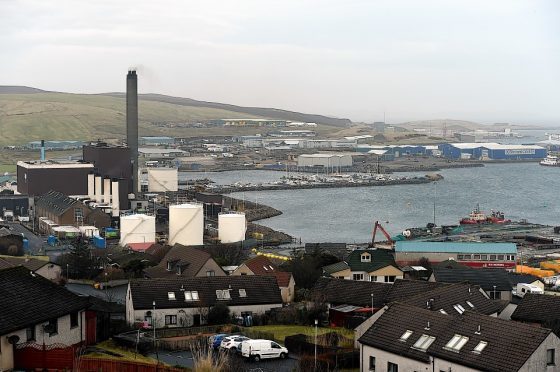A new study has revealed the average house price in Lerwick has more than doubled in the last decade.
The Shetland capital recorded the largest growth of anywhere in Scotland outside Aberdeenshire, with average prices rising by £81,812 to £159,325.
The annual Bank of Scotland Seaside Town Review said the cost of a home in the country’s coastal communities had gone up by £40,000 over the period.
The biggest growth was in Fraserburgh, were property prices rose by 139% from £63,540 in 2005 to £151,719 in 2015 – equivalent to a monthly increase of £735.
Seven of the top 10 coastal towns with the biggest price increases are in Aberdeenshire, which for much of the period was boosted by the growth in the oil and gas sector.
Lerwick North councillor Michael Stout, the deputy leader of Shetland Islands Council, was not surprised by the figures for his home town.
“I think the main factor is that over the last few years we’ve had the big construction work at the Sullom Voe gas plant and there’s been a massive demand for accommodation,” he said.
“Rental accommodation is almost impossible to get.
“Having said that, the construction phase is winding down now and I would imagine that you would see the house prices coming back down.”
The survey showed that the most expensive areas are on the east coast, led by North Berwick, where the average price stands at £327,124, followed by St Andrews at £302,536.
The least expensive towns are Port Bannatyne on the Isle of Bute, where the average house price is £77,132, followed by Girvan at £91,912.
Overall, the average price across all coastal areas in Scotland has grown by 39% since 2005 from £108,449 to £150,210.
The growth exceeds the 32% increase for all seaside towns in Britain, according to the report.
Nicola Noble, mortgage director at Bank of Scotland, said: “Living on the coast offers many attractions, including a typically high quality of life and attractive surroundings.
“As a result, property in seaside towns is often very popular with homebuyers.
“Whilst property in seaside towns can be more expensive than elsewhere, exceptional value for money can still be found for those searching to realise their dream of living near the sea.”
